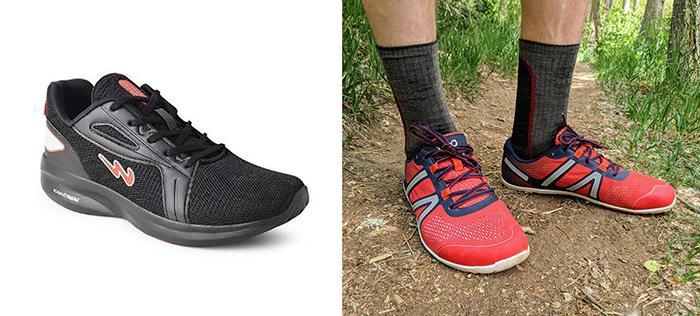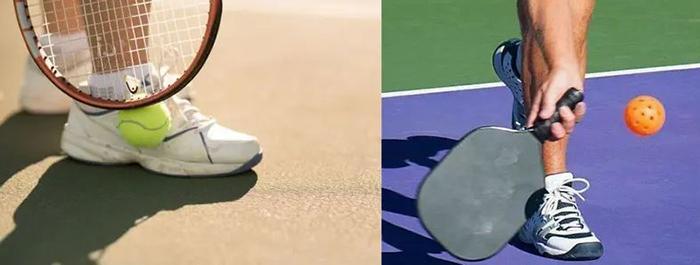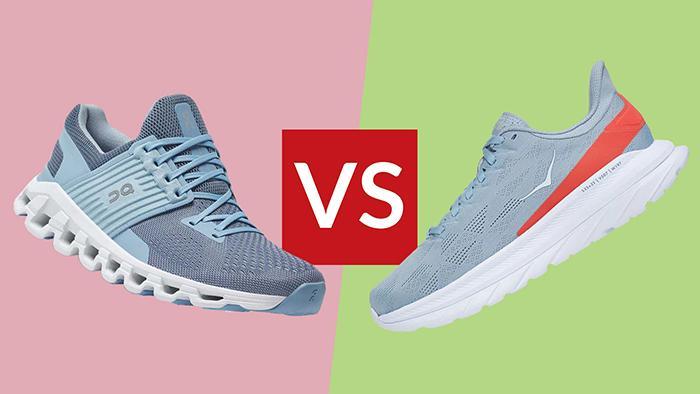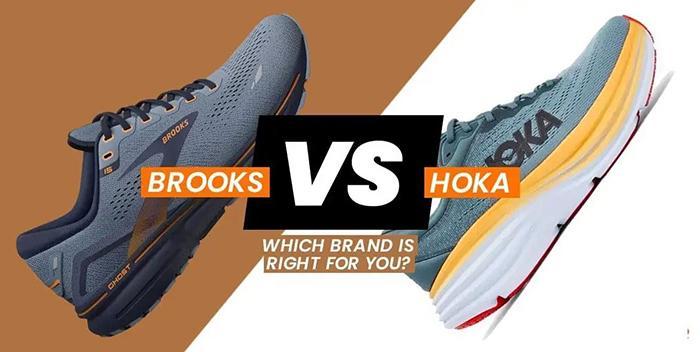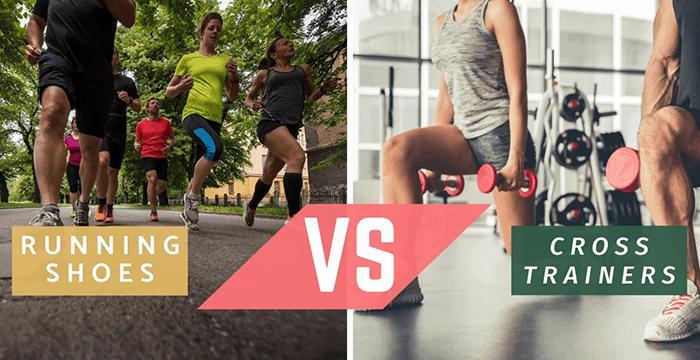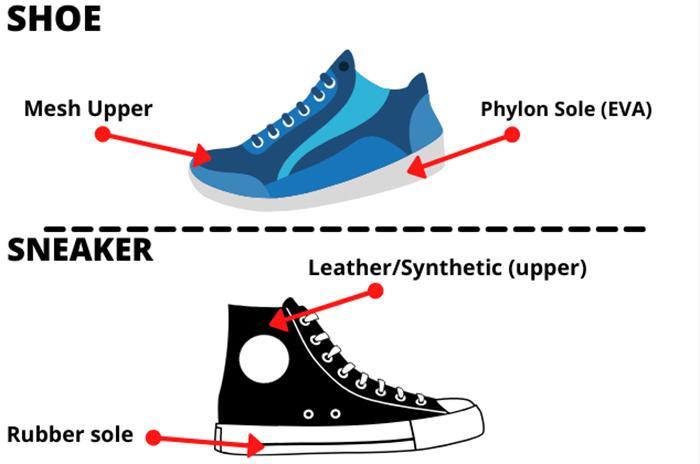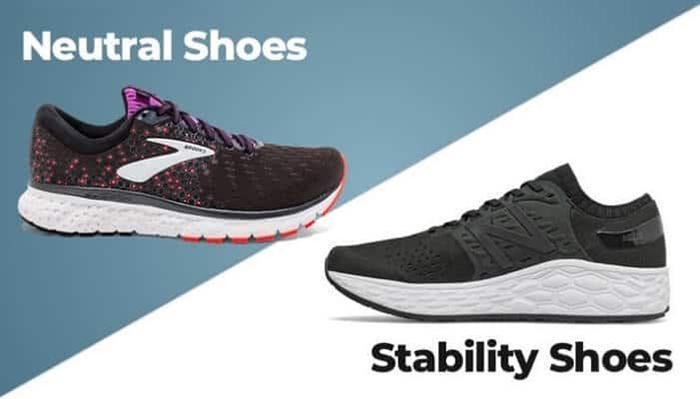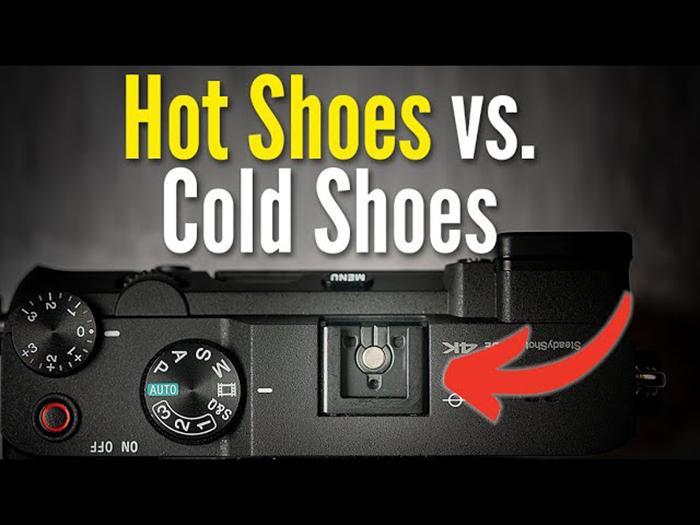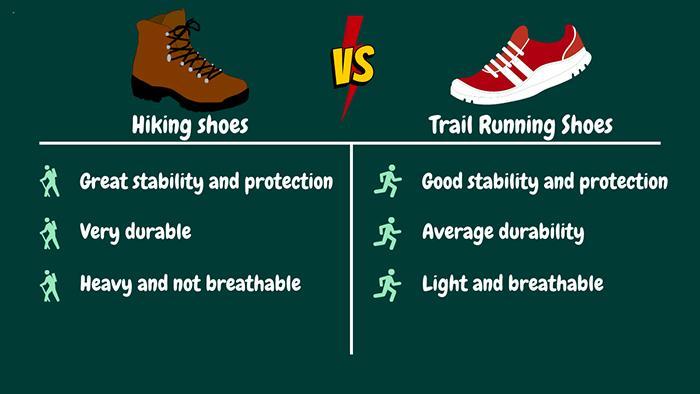Are you a shoe enthusiast seeking the perfect pair of sneakers that can meet your running and basketball needs?
You’re not alone! Many wonder if basketball shoes are appropriate for running, considering their stylish designs and advanced features.
You Are Watching: Are Basketball Shoes Good For Running Updated 01/2025
This comprehensive blog will delve into the critical differences between basketball and running shoes, weigh the pros and cons of wearing basketball shoes while running, discuss potential dangers, and provide expert advice on choosing the right footwear.
Main Differences Between Basketball Shoes And Running Shoes
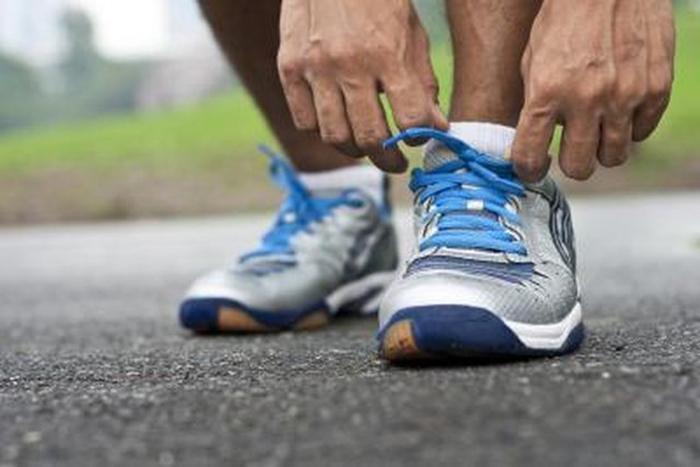
Basketball shoes have a higher cut design around the ankle for greater support and protection, while running shoes have a lower cut design for more flexibility and range of motion.
Design And Construction
The design and construction of basketball shoes are primarily focused on providing support, stability, and traction for the dynamic movements that occur during a game.
They are built with high-quality materials like leather, synthetic textiles, or knit fabrics to withstand the rigors of constant quick cuts, jumps, and explosive sprints on the court.
On the other hand, running shoes are engineered specifically for forward motion and ensuring comfort over long distances.
Lightweight materials such as mesh or knit uppers encourage breathability while soft cushioning systems absorb impact from each footstrike.
In addition to these features designed for maximum comfort during extended periods of running, specialized sole designs offer optimum shock absorption and responsive energy return so runners can achieve efficient strides without undue strain or fatigue.
Cushioning And Support
Cushioning and support are two key features that separate basketball shoes from running shoes, as both types of footwear cater to distinct athletic needs. Basketball players often perform sudden stops, quick direction changes, and explosive jumps which require excellent shock absorption and stability.
On the other hand, running demands continuous forward motion with repetitive foot strikes on various surfaces. As a result, running shoes emphasize superior cushioning in the forefoot and heel areas for enhanced comfort over long distances.
Cushlon foam by Nike is a perfect example of this technology tailored to meet runners’ requirements. Moreover, running shoes prioritize lightweight materials and arch support to minimize fatigue while promoting natural foot movement throughout each stride.
Traction And Grip
Traction and grip play a crucial role in any athletic shoe’s performance, especially for basketball shoes. Designed to handle quick lateral movements, sudden stops, and explosive jumps on the court, basketball shoes have flat soles with unique multidirectional patterns that provide excellent traction on hardwood floors or other smooth surfaces.
In contrast, running shoes often have grooves designed to offer better grip for forward motion while running on various surfaces like pavement or trails.
Although some crossover designs between basketball and running shoes can manage decent traction for both activities, it’s worth noting that using them interchangeably may compromise the outstanding grip specifically tailored to each sport.
For example, wearing basketball shoes during trail runs or long-distance runs might lead to slipping accidents due to insufficient outsole grip designed for uneven terrains – a factor often overlooked by first-time users who prioritize style over functionality.
Pros Of Wearing Basketball Shoes For Running
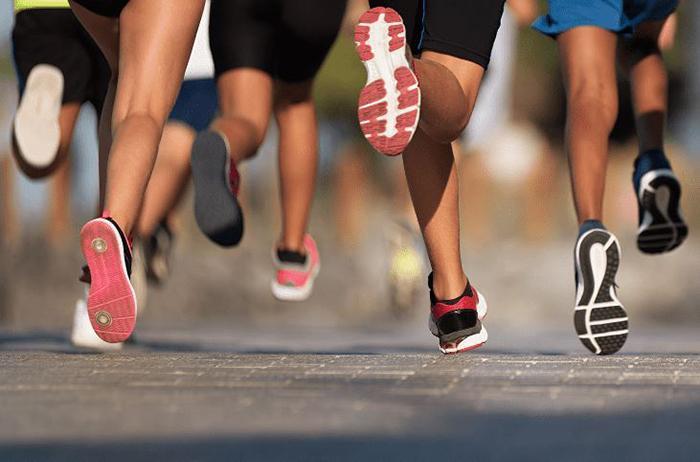
Basketball shoes offer ankle support, which can be beneficial for runners who need extra stability during lateral movements.
Ankle Support
Basketball shoes are designed with the athlete’s ankle support in mind. The high-top design provides a stability and protection that running shoes typically do not offer.
This added support can prevent injuries from lateral movements, sudden stops, and quick changes of direction common in basketball games.
However, it’s worth noting that ankle support alone is not enough to prevent injuries while training or playing sports. A proper warm-up routine and stretching before engaging in any physical activity are essential for preventing strains and sprains.
Durability
Basketball shoes are known for their durability, thanks to the tough construction and materials used in their design. These shoes are built to withstand the rough and tumble of basketball games on indoor courts or outdoor surfaces, making them a popular choice among athletes who need long-lasting footwear.
However, this durability comes at a cost when it comes to running. The sturdy build can make basketball shoes heavier than running shoes, which may not be ideal for extended periods of aerobic activity.
That being said, some basketball shoes come with reinforced soles that provide added protection from wear and tear, making them perfect for multi-sport use or workouts that require quick lateral movements like tennis or HIIT exercises.
Versatility
Basketball shoes now come in mid-tops and low-top versions, breaking away from the traditional high-cut design. This change has made basketball shoes more versatile for running purposes.
The lower ankle cut provides freedom of movement to the foot and flexibility while maintaining adequate support for the ankle.
This versatility makes some basketball shoes, such as Nike Kyrie Flytrap IV and Under Armour Curry 8, suitable for cross-training programs.that involve both straight-line running and routine exercises like weight lifting or squats.
Cons Of Wearing Basketball Shoes For Running
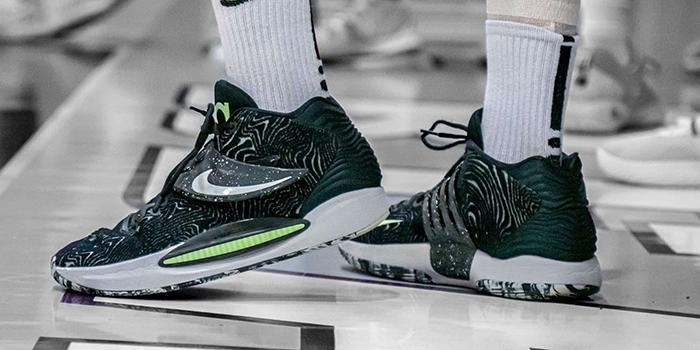
Read More : What Color Shoes With An Orange Dress Updated 01/2025
Basketball shoes are heavier than running shoes and have stiffer materials, which can cause fatigue injuries during long runs. Their high-cut and mid-cut designs also interfere with the flexibility required for running.
Heavier Weight
Basketball shoes tend to be heavier than running shoes, with added weight concentrated in the midsole and outer sole areas. This extra weight can put more stress on your feet when running for extended periods.
Running long distances in basketball shoes is not recommended.due to their lack of sufficient cushioning and flexibility, which can cause fatigue and discomfort.
However, this additional weight can come in handy during short sprints or explosive movements typical of basketball play. For instance, Nike Zoom Freak 3 has a Bounce Pro Midsole that provides an extra burst of energy during quick changes of direction on the court.
Less Flexibility
Basketball shoes are generally less flexible than running shoes due to their design. They have a stiff outer sole, which is necessary for the sudden changes in direction required during basketball games.
This lack of flexibility can make it harder to run long distances or perform exercises that require bending and twisting movements.
However, not all basketball shoes provide the same level of inflexibility. Some newer models have introduced innovations such as Flyknit material and grooves for increased flexibility without sacrificing support and durability.
Inadequate Cushioning For Long Distances
One of the main downsides of using basketball shoes for running is their inadequate cushioning system, particularly when it comes to long distances. Running shoes are designed with thick foam soles and responsive midsoles to protect runners from the impact of constant pounding on hard surfaces.
In contrast, basketball shoes have thinner midsoles which provide less protection against shock and resulting fatigue in the feet and joints. This lack of cushioning can cause plantar fasciitis or even stress fractures if your feet aren’t properly supported during long-distance running.
Potential Dangers Of Running In Basketball Shoes
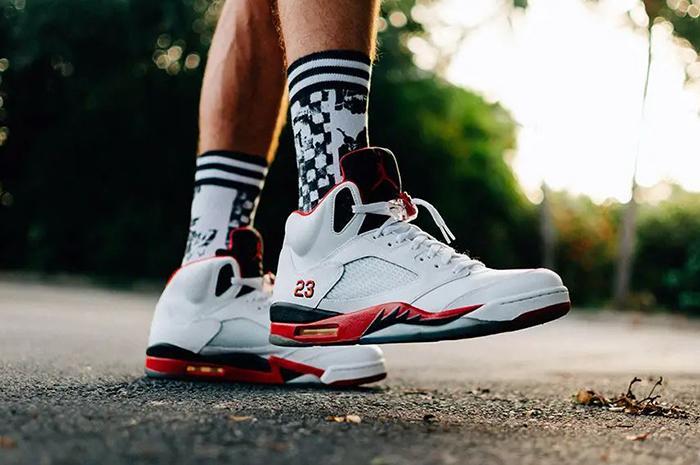
Running in basketball shoes can lead to problems with your running stride, as well as fatigue issues that may cause discomfort or even injury. Furthermore, wearing basketball shoes for long distances can increase the risk of stress fractures and Achilles tendon problems due to inadequate cushioning and support provided by the shoe.
Running Stride And Fatigue Issues
Running in basketball shoes can interfere with the natural stride of a runner, leading to fatigue and discomfort. Basketball shoes have cushioning in the middle of the foot, which is not as beneficial for long-distance running.
Running shoes, on the other hand, have extra cushioning in the heel and forefoot to handle impact.
Prolonged use of basketball shoes for running puts pressure on certain areas of your feet that can lead to plantar fasciitis or stress fractures. These injuries occur when your feet are forced into unnatural positions or movements for prolonged periods without proper support from athletic footwear designed specifically for running.
Stress Fractures
Stress fractures are a common injury caused by overuse and repetitive impact on the bones of the feet. Running in basketball shoes can increase the risk of developing stress fractures due to their heavier weight and inadequate cushioning for long-distance running.
Stress fractures can be especially dangerous because they may not show up on x-rays and can lead to chronic pain if left untreated. It is essential to choose proper footwear with adequate shock absorption and support, such as trail running shoes or basic running shoes, to prevent this type of injury.
Achilles Tendon Problems
Wearing basketball shoes for running can cause Achilles tendon problems due to the heavier weight and less flexible design of these shoes.
The Achilles tendon is a band of tissue connecting your calf muscles to your heel bone, and it can become inflamed or even torn with repeated stress. Running in basketball shoes puts extra strain on this area, especially during long-distance runs or sprints.
However, this doesn’t mean that you should avoid using basketball shoes altogether – properly fitted shoes with adequate foot support can minimize the risk of injury.
Pronation And Supination Issues
Pronation and supination are common foot problems that can lead to injuries like shin splints, plantar fasciitis, or stress fractures. Pronation happens when the foot rolls inward too much while walking or running, leading to instability in the ankle joint.
Supination occurs when you land on the outer edges of your feet instead of distributing weight evenly across them.
It’s essential to consider your individual needs when choosing between basketball and running shoes. If you have pronation or supination issues, it’s best to invest in specialized running shoes designed to address these concerns.
Additionally, it’s crucial to ensure proper fit and cushioning in your footwear as inadequate shock absorption can exacerbate existing problems or create new ones like Achilles tendonitis or knee pain.
Best Practices For Basketball Shoes And Running
Use basketball shoes for short sprints and agility training, but opt for running shoes for long-distance runs; choosing the right shoe is crucial to avoid potential injuries.
When To Use Basketball Shoes For Running
Basketball shoes can be worn for running in certain situations. Here are some scenarios when basketball shoes may be suitable for running:
- Short sprints and bursts of energy: Basketball shoes are designed for sudden movements and quick changes in direction. If your run involves short sprints and HIIT workouts, basketball shoes can offer the necessary support.
- Cross-training and cardio exercises: If your workout involves a combination of activities such as weight lifting, squats, or plyometric exercises, basketball shoes with good traction and stability can help you perform these well.
- Indoor court surfaces: If you prefer to run on an indoor court surface or treadmill, basketball shoes can provide superior grip and balance due to their durable outsole design.
- Customized orthotics needs: If you require custom-made orthotics for foot support while running, basketball shoes that offer sufficient space in the midsole area can accommodate these inserts.
Bear in mind that basketball shoes can lead to injuries if used improperly. It’s essential only to use them when they match the demands of your specific exercise activity.
Running long distances on outdoor surfaces is not advisable with basketball shoes due to inadequate cushioning designed for shock absorption during impact with harder surfaces like concrete.
How To Choose The Right Shoe For Your Needs
Choosing the right shoe for your needs is crucial for a comfortable and injury-free workout. Here are some tips to help you pick the perfect pair:
- Consider your intended workout: Different shoes are designed for different sports and activities, so consider what you will be using them for.
- Look for proper fit: Make sure the shoe fits snugly but not too tight or loose. This will help prevent blisters and other foot issues.
- Determine your foot type: Are you flat-footed or do you have high arches? Knowing your foot type will help you find a shoe with the appropriate support.
- Check cushioning and shock absorption: If you plan on running long distances, look for a shoe with ample cushioning to protect against impact.
- Consider traction: Shoes with good traction can keep you from slipping during lateral movements or in wet conditions.
- Choose a reputable brand: When it comes to athletic shoes, investing in a well-known brand can ensure better quality and durability.
- Test them out: Try on multiple pairs of shoes and test them by walking or running short distances before making your final decision.
By following these tips, you can choose a shoe that meets your individual needs while providing comfort, support, and protection during your workouts.
Proper Care And Maintenance
Proper care and maintenance are essential to keep your basketball shoes in good condition. Here are some tips to help you take care of your kicks like a pro:
- Clean your shoes after each use using a soft – bristled brush or damp cloth.
- Allow your shoes to air dry naturally at room temperature after each use.
- Stuff your shoes with newspaper or shoe trees to maintain their shape while drying.
- Avoid exposing your shoes to direct sunlight or heat, which can damage the materials and color.
- Store your shoes in a cool, dry place away from moisture and dust.
- Use a quality water – repellent spray to protect the material from rain, dirt, and stains.
- Replace worn – out laces, insoles, and outsoles as needed to maintain proper support and traction.
- Rotate your basketball shoes with other athletic footwear to minimize wear and tear on specific areas of the shoe.
- Check for signs of damage or wear such as tears, loose stitching, or worn – out soles that need repair or replacement.
- Follow the manufacturer’s instructions for washing and caring for specific materials like leather, suede, or mesh.
Read More : What Shoes To Wear With Black Pants Female Updated 01/2025
By following these tips, you can extend the lifespan of your basketball shoes, prevent odors and bacteria buildup, and ensure they perform their best when you need them most on the court or during workouts.
Top Basketball Shoes Suitable For Running
Some of the top basketball shoes suitable for running include the Adidas Dame 8, Nike Kyrie Flytrap IV, and Under Armour Curry 8 – to name a few.
Adidas Dame 8
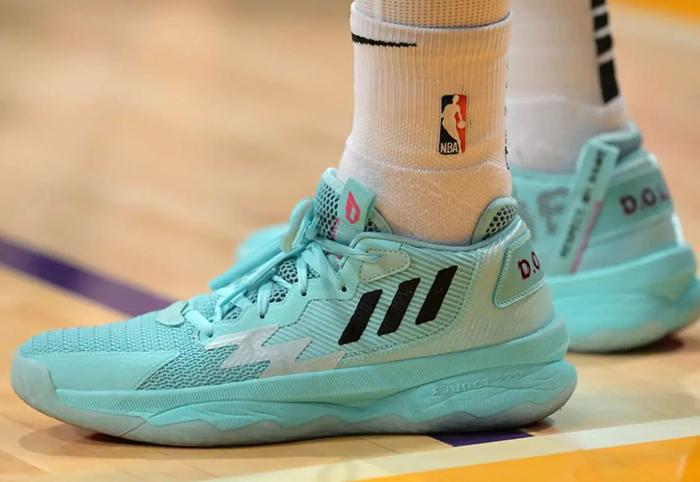
The Adidas Dame 8 is Damian Lillard’s latest signature basketball shoe that is also suitable for running. The shoe features a unique Bounce Pro Midsole that offers great cushioning and impact absorption, making it perfect for those who need extra comfort during their runs.
The traction on the sole of the shoe is multidirectional, providing excellent grip and stability while changing directions quickly on the court or trails.
Additionally, it boasts a lightweight construction and has grooves in the outsole designed to provide maximum flexibility and efficient energy transfer with every stride.
Nike Kyrie Flytrap IV
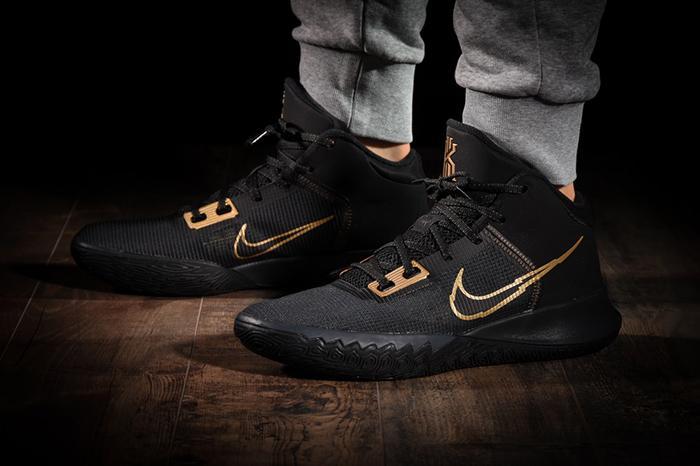
The Nike Kyrie Flytrap IV is a basketball shoe that’s gaining popularity among runners due to its impressive traction and lockdown. It features a unique grip pattern on the outsole, which provides excellent traction on both indoor and outdoor courts, making it ideal for running on different surfaces.
The shoe has an adjustable midfoot strap that offers extra support, ensuring a snug fit and preventing slippage during runs or lateral movements. Additionally, it has Zoom Air technology in the forefoot for added cushioning and responsiveness, making it comfortable for short sprints or speed workouts.
As part of our list of top basketball shoes suitable for running, the Nike Kyrie Flytrap IV stands out because of its value for money. Despite being a budget-friendly option compared to other high-end models from Nike or Adidas, it doesn’t compromise on quality or performance.
Its lightweight construction makes it easy to wear for extended periods without causing fatigue or discomfort in your feet.
Nike Giannis Immortality
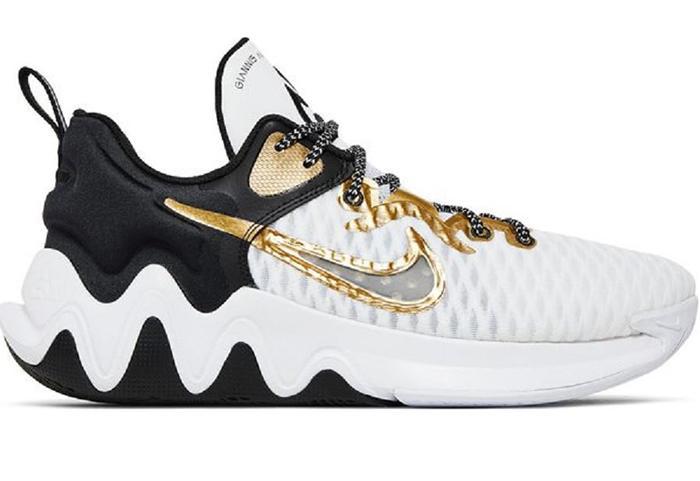
Nike Giannis Immortality is an excellent budget-friendly basketball shoe that can also be used for running. It is made with high-quality materials and provides good impact protection while maintaining a low-to-ground feel.
The shoe is responsive and able to handle multidirectional movement, making it suitable for various exercises such as plyometrics, weight lifting, and cardio workouts.
With its durable construction and comfortable fit, the Nike Giannis Immortality offers great value for those who want a versatile shoe that can perform well on both indoor and outdoor courts.
Under Armour Curry 8
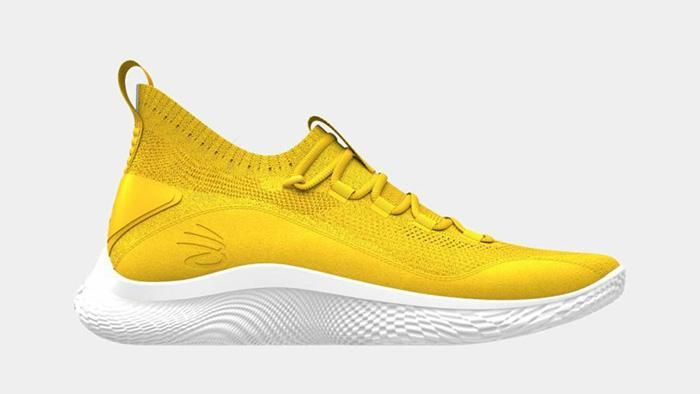
The Under Armour Curry 8 is a top basketball shoe that may also be suitable for running due to its lightweight design and comfortable cushioning. The shoe features a Bounce Pro midsole for optimal support, a multi-directional outsole for enhanced traction, and a snug fit to keep the foot secure during lateral movements.
While the Under Armour Curry 8 offers great ankle support, it may not offer enough cushioning for long-distance running.
FAQs
Are Basketball Shoes Good For Running On A Treadmill?
Basketball shoes can be used for running on a treadmill, but it’s not always the best option. The heavier weight of basketball sneakers may cause more fatigue in your legs and feet during long distance runs.
Additionally, they may not have enough cushioning or flexibility to absorb shocks from repetitive motions that come with running on a treadmill. However, if you plan to do short sprints or plyometric exercises along with your treadmill workout, then basketball shoes are a suitable choice due to their traction and lateral support.
Can You Run A 5k In Basketball Shoes?
While basketball shoes can be used for short-distance running exercises or cross-training, they are not recommended for long-distance running such as a 5K race.
The heavy weight and less flexibility of basketball shoes may cause fatigue and strain on the feet over time, leading to potential injuries such as stress fractures or Achilles tendon problems.
It is important to wear appropriate footwear that provides adequate cushioning and support for your individual needs when engaging in any physical activity, including running.
Running shoes tend to be lighter in weight and more flexible than basketball shoes, making them a better choice for extended periods of running.
Are Basketball Shoes Good For Walking All Day?
Basketball shoes are not typically designed for walking all day, making them less than ideal for this type of activity. They tend to be heavier and bulkier than traditional walking or running shoes, which can cause fatigue and discomfort over extended periods of use.
That being said, there are some basketball shoe models that have been designed with features specifically geared towards high-impact activities like walking or running. The Nike Zoom Freak 3 and Under Armour Curry 8 both feature responsive cushioning systems that provide comfort during long workouts.
Conclusion
In conclusion, while basketball shoes may seem like a viable option for running due to their durability and ankle support, they are not the best choice for habitual runners.
Running shoes have been specifically designed to absorb impact and provide cushioning, motion control and pronation support that is essential for proper running form.
Wearing basketball shoes when running can lead to potential injuries such as stress fractures or tendon issues.
Remember to choose shoes that fit your needs appropriately based on factors like terrain conditions and individual comfort level. Also follow good foot care practices by wearing comfortable footwear with proper support and ensuring consistency in replacing worn-out soles regularly.
Sources: https://www.centuryinshoes.com
Category: Shoes

